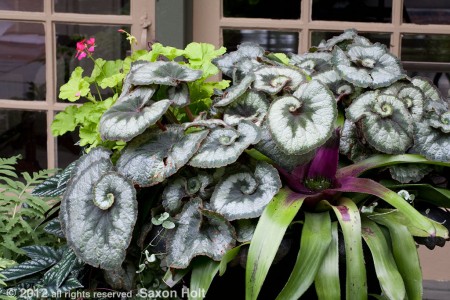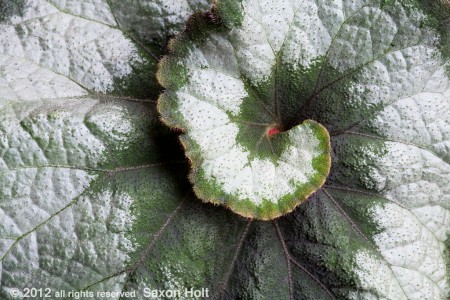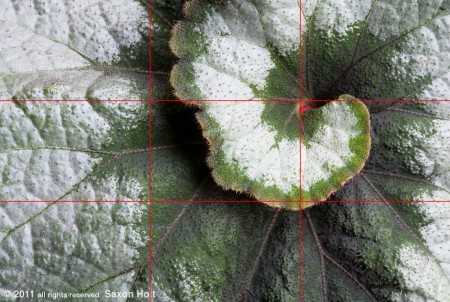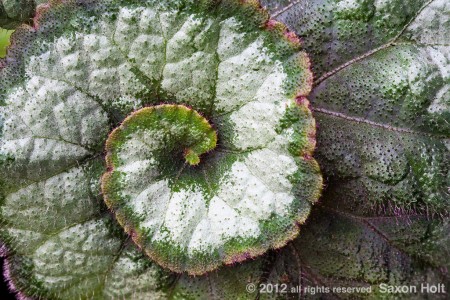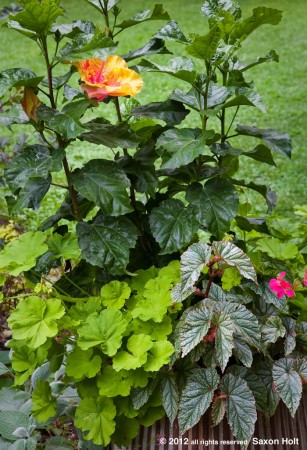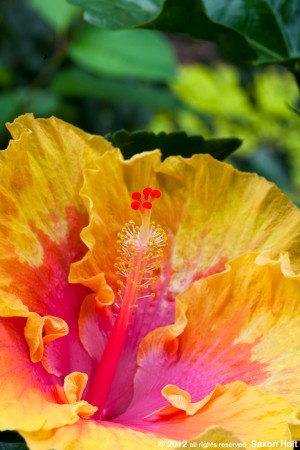Winter is the time to catch up on all the photography editing and post production from during the past year. Or in the case of this sequence of photos, from years ago.
While I was working on the American Meadow Garden book, now 4.5 years ago, I stopped by Scott Arboretum at Swarthmore College in Pennsylvania. The entire campus is the Arboretum, but around the garden office the staff creates the most amazing containers of foliage plants. Being incredibly busy with the book and projects since, my editing and the post production processing of this job never seemed a priority.
The editing process of any photo project always seems to be a tedious chore. Tossing the weak photos is easy, but deciding on the marginal ones, which ones to caption and enter into the database, which ones to move to my stock Archive, and which ones to promote to clients all involve lots of little decisions and invariably, more time than I seem to have.
I knew the container of foliage plants above was sure to be a very marketable photo so I took several views of it. Here is the uncorrected version of the one (above) that I decided to keep:
What’s different ? What happened in post production editing ? (You may want to click on the photos to get them at a larger size to see the differences.)
The process in post production (computer work after the image is brought back to the computer) that transforms the raw to final image is called the “workflow”. Workflow is the series of steps that all photographers do to get their photos from the camera to being ready to share. We all do something if only to save them to a folder in our computers. Serious photographers know there is a lot more.
After the decision to keep a photo must come all the rest of the work of photo editing: captioning and naming all the plants, the color correcting, cropping, the retouching, resizing and saving for various folders and back-ups, we must make practical decisions about which photos are worth the effort of post production editing.
In the case of the container here, my workflow converted the raw file after a series of processes: I have an overall global enhancement for all raw images, then > adjust color balance > open up shadows > enhance specific colors > crop > and retouch as needed. In the photos above, note many (but not all) blemishes in the leaves have been removed in the final version.
More fun than simply finishing the photos is correcting those that didn’t quite come out as expected. Sometimes I will pre-visualize a photo when I click the shutter, knowing that the raw capture will not be close to what I want, and that I can realize its potential in the post production. Other times I know I want a composition that does not fit into the standard camera rectangle and that I will have to crop it in the computer.
It is hard to underestimate the value of cropping when finishing a photo. The final photo should be composed in such a way to use the entire frame to say exactly what you want it to say. Even subtle cropping such as the difference in the two container shots can make a substantial difference in the appeal of the finished photo. Note I cropped and straitened the photo so that the window behind the container helps to frame the foliage.
But cropping can really be important in macro photography where it can be really hard to get a fine composition in the camera. Take, for instance, the original full frame of the begonia leaf that opened this post.
I knew when I saw this spectacular variegated swirled leaf of Begonia ‘Escargot’ that it might make a wonderful close-up, and took this picture:
As I look at it years later I realize I didn’t quite get the ideal composition that would draw attention to the red dot in the center of the swirl. Using the rule of thirds I cropped the photo to put the red dot in the sweet spot where the thirds intersect.
Another shot of a different ‘Escargot’ leaf was really envisioned as a square.
The cropped version puts the swirl as a bull’s eye dead center.
Sometimes during the post production work with our images we can stumble across something we never expected, such as this wonderful Hibiscus rosa-sinensis flower, seemingly lonely in the container.
I couldn’t resist getting a closer shot of this cultivar named ‘The Path’ and composed a vertical leaving room at the top in case it might ever become a magazine cover:
What I didn’t anticipate was cropping it square. Seems like a “duh” now:
That’s a keeper.
So my captioning work really make sense: “Red stigma at end of staminal column and yellow pollen on anthers in macro close-up photo of yellow, pink Hibiscus rosa-sinensis flower ‘The Path’.”
Post production photo editing done. Now only four years behind.



